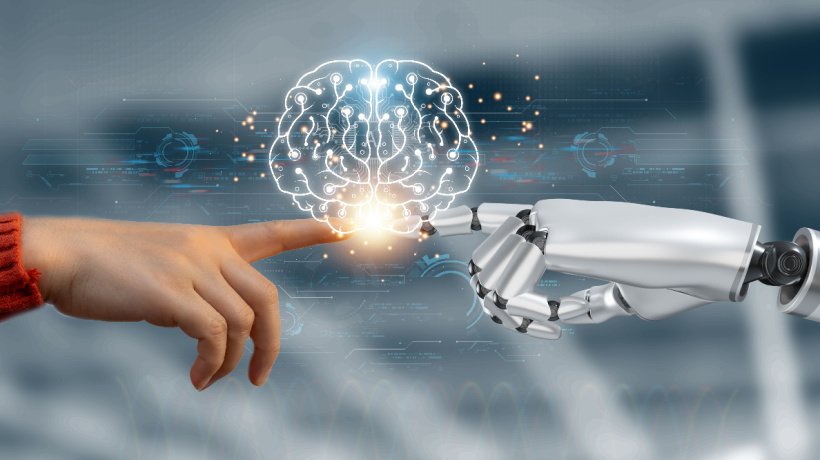Positive Impact Of AI On Instructional Design
Let's face it, whether you like it or not, whether you use it or not, Artificial Intelligence (AI) is changing the way we approach learning. Whether you are in a K-12 classroom, higher education, or corporate Learning and Development (L&D), it's everywhere. The widespread use of AI has some learning professionals worried about job displacement, particularly because AI has the potential to automate aspects of Instructional Design. While it is true that AI's ability to generate educational content and analyze learner data might reduce the need for human input in these areas, it's important to remember that the impact of AI on Instructional Design is not meant to replace human Instructional Designers. AI should augment and enhance the learning design process. As AI evolves, it will be increasingly important to address any concerns proactively, ensuring that AI is used ethically, effectively, and in ways that complement human expertise, not replace it.
AI-generated learning content could lack the depth, creativity, or authenticity that comes from human experience and expertise. There's a concern that AI might oversimplify complex topics or fail to capture the nuances of human learning. AI is not able to replace the human element of Instructional Design and provide the level of customization and nuance required for the development of effective learning solutions. This is why learning professionals must focus on how to incorporate AI into their Instructional Design processes so that it enhances the work performed by human designers. Now let's explore the capabilities of AI that have positioned Artificial Intelligence in such a way as to significantly and positively transform the field of Instructional Design.
Impact Of AI To Positively Transform The Field Of Instructional Design
Personalized Learning Experiences
AI can analyze a learner's performance, preferences, and learning style to create customized courses. This means instructional content can adapt in real time, offering a personalized learning path for each student.
Automation Of Content Creation
AI can assist in generating educational content, such as creating quizzes, interactive activities, or even writing educational texts. This can significantly reduce the time and effort required from Instructional Designers. AI can also provide inspiration for designers struggling to design a learning solution.
Data-Driven Insights
With AI, vast amounts of data from learner interactions can be analyzed to gain insights into learning patterns, effectiveness of instructional strategies, and areas where students struggle. This data can inform future Instructional Design decisions.
Enhanced Accessibility
AI can improve accessibility in learning materials through features like automatic transcription, language translation, and adaptive interfaces that adjust to individual needs, making learning more inclusive.
Predictive Analysis
AI can predict learning outcomes based on student behavior and performance, allowing for early intervention and support for students who might be at risk of falling behind.
Intelligent Tutoring Systems
These systems can simulate one-on-one instruction, providing feedback, hints, and explanations to learners, thereby augmenting the learning experience beyond traditional classroom settings.
Game-Based Learning And Simulations
AI can create dynamic, engaging learning environments, such as simulations and educational games that adapt to the skill level of the learner, making learning more engaging and effective.
Continuous Improvement Of Instructional Materials
AI systems can continually analyze the effectiveness of educational content and suggest improvements or updates, ensuring that instructional materials are always up-to-date and effective.
Support For Instructors
AI can assist educators by automating administrative tasks, providing teaching recommendations, and analyzing student performance to identify areas where learners might need additional support.
Scalability And Global Reach
AI-driven platforms can deliver high-quality, consistent educational experiences to a large number of learners simultaneously, breaking geographical barriers and making education more globally accessible.
Conclusion
In summary, AI is not a fad. It's here to stay. AI should be a welcome new tool in the Instructional Designer's toolbox, and not viewed as something to fear. It should be embraced by learning professionals intent on creating powerful, learner-centric content. AI will enhance Instructional Design, making learning more personalized, efficient, accessible, and data-driven, while significantly enhancing both the teaching and learning experience. AI has the potential to save millions of dollars in educational costs for organizations by streamlining the learning design process and resulting in the development of streamlined learning solutions, reducing the amount of time learners must spend away from their regular tasks. While there are some kinks to be worked out in the areas of governance and data security, Artificial Intelligence is a tool that will ultimately deliver more good than harm.









